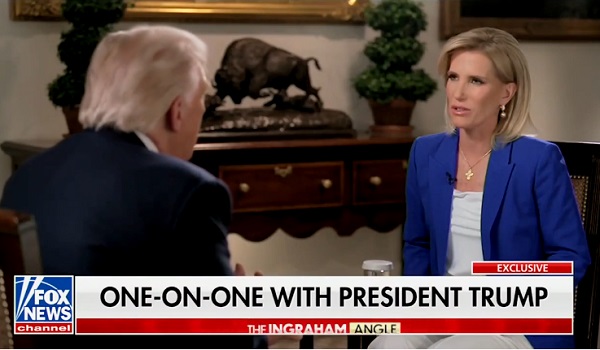From The Center Square
President Donald Trump will give the big three U.S. automakers a one-month exemption from tariffs he imposed on Mexico and Canada, White House Press Secretary Karoline Leavitt said.
Leavitt said the pause on tariffs for automakers would ensure they aren’t put at a disadvantage. The request came from the heads of Ford Motor Co., General Motors Co. and Stellantis NV, she said.
Earlier Wednesday, Trump said he spoke with Canada’s Prime Minister Justin Trudeau, but the two weren’t able to reach a deal.
“Justin Trudeau, of Canada, called me to ask what could be done about Tariffs. I told him that many people have died from Fentanyl that came through the Borders of Canada and Mexico, and nothing has convinced me that it has stopped,” Trump wrote in a post on Truth Social. “He said that it’s gotten better, but I said, ‘That’s not good enough.’ The call ended in a ‘somewhat’ friendly manner! He was unable to tell me when the Canadian Election is taking place, which made me curious, like, what’s going on here? I then realized he is trying to use this issue to stay in power. Good luck Justin!”
Tariffs are taxes on imported goods paid by the companies that import them. After paying those taxes, businesses can try to either absorb the loss or pass the added costs on to consumers. On Tuesday, Trump hit Canada and Mexico with 25% tariffs on imported goods and added an additional 10% duty on goods from China. All three countries have promised retaliatory measures.
Trump said he told Trudeau more needs to be done to stop the flow of fentanyl, a potent opioid responsible for the majority of U.S. overdose deaths. Most fentanyl that comes in to the U.S. comes through the southern border and is often made with chemicals from China, according to the Drug Enforcement Administration.
“For anyone who is interested, I also told Governor Justin Trudeau of Canada that he largely caused the problems we have with them because of his Weak Border Policies, which allowed tremendous amounts of Fentanyl, and Illegal Aliens, to pour into the United States,” Trump wrote on Truth Social. “These Policies are responsible for the death of many people!”
U.S. stocks increased after the White House announced a one-month tariff reprieve for auto imports from Mexico and Canada.
Last Tuesday, Commerce Secretary Howard Lutnick said Trump would likely compromise with both Canada and Mexico “somewhere in the middle.”
Trump has taken to calling Trudeau “governor” as he seeks to add Canada as the 51st U.S. state.
Trump first put tariffs on the three countries on Feb. 1, but paused the punitive trade measures on Mexico and Canada for 30 days after getting minor border concessions from Trudeau and Mexico President Claudia Sheinbaum.






















